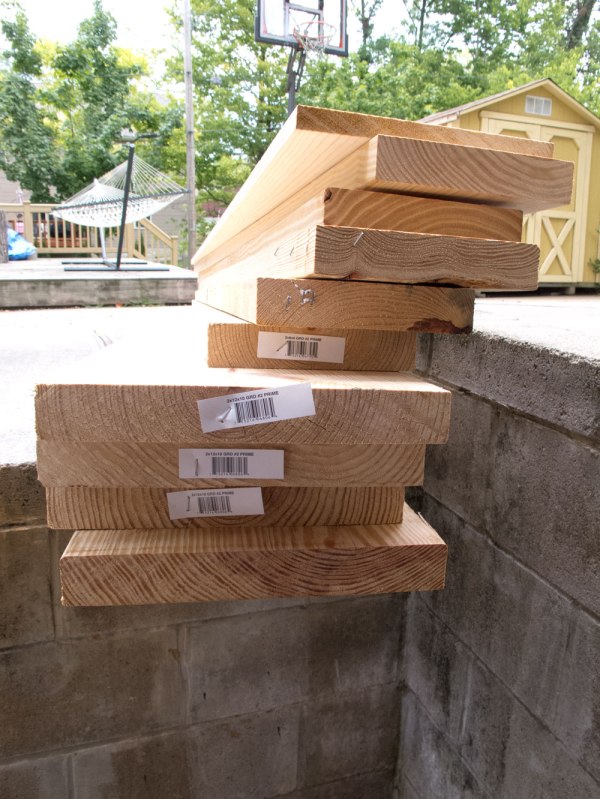
A common bench-builder’s lament: “My home center stocks terrible dimensional wood. I went to every store in a 20-mile radius and didn’t find a single board.”
This blog entry is my retort to that complaint. I’ve bought dimensional stock in every region in the United States for workbenches, sawbenches or other workshop equipment. I have never walked away empty-handed. Here are my strategies.
1. 2x4s are for suckers. I buy the widest, longest stock my vehicle can carry. Not only is it clearer, as a rule, but it is cheaper per board foot. The last time I bought a 2×4, Ron Reagan was in the White House. Go for the 2x12s or 2x10s – rip out the pieces you need.
2. Know how the store stacks the wood. The front of the pile is always – always – junk. I’ve watched home center employees carefully stock the dirtiest, knottiest, splittiest, warped junk at the front of the pile. Their strategy: To snare a sucker who is in a hurry, doesn’t care or doesn’t know the difference.
I will unpack the entire pile if need be. (And I will stack it back neater than it was when I walked in.) Near the bottom of that pile is gold that has been pressed flat by the bad sticks above it as it dried and waited for a woodworker.
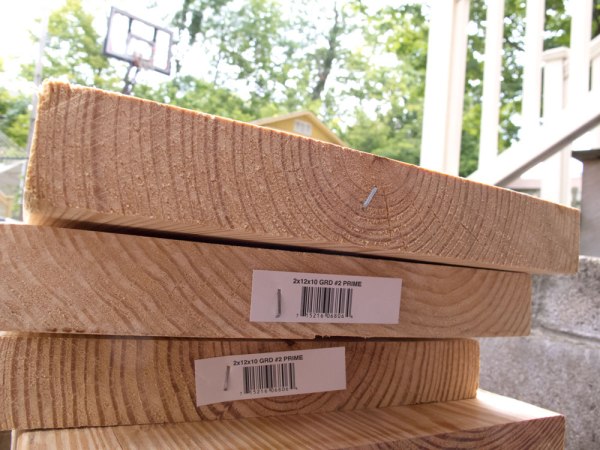
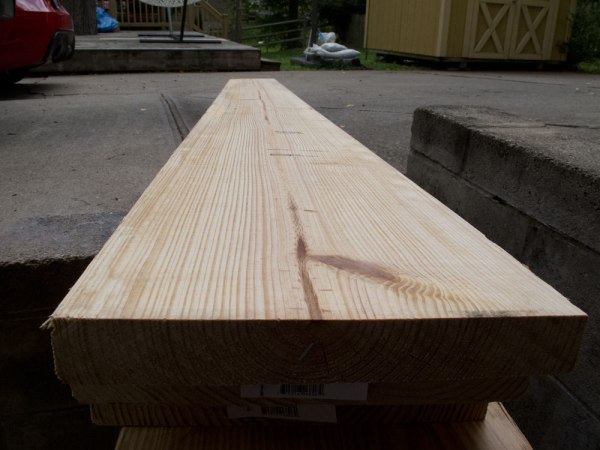
3. Look for the pith. Many people will avoid boards that contain the woody sapling in the middle of the board. The pith can cause the board to split, after all. I love these boards that are near or contain the pith. If a small amount of the pith is in the board, the board is going to be quartered or rift-sawn. If you find a clear board with the pith fully enclosed in it (sometimes called a “boxed heart”), grab it and rip the pith out.
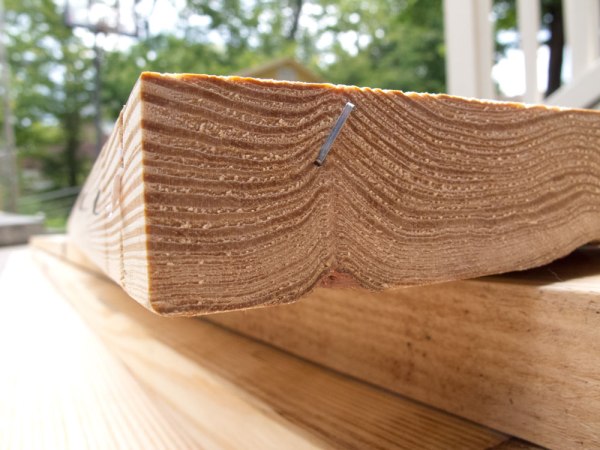
4. Watch the end grain. I look for slow-growing trees where the bands of earlywood and latewood are close together. These boards will be dense and incredibly strong – even if the boards have a few knots.
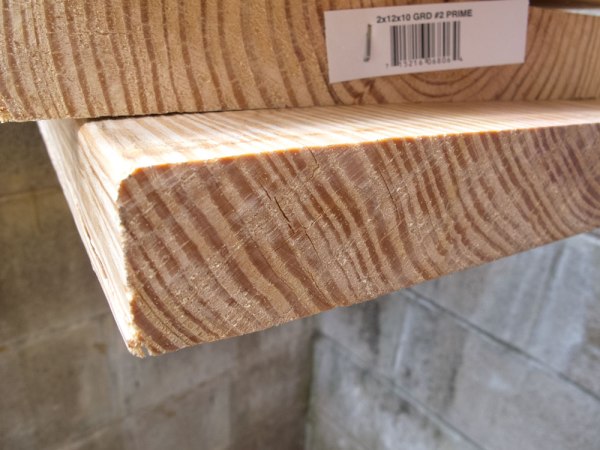
My favorite boards have wide bands of the hard latewood and narrow bands of the soft earlywood. These boards are like iron.
5. Grab what’s good. I always have a shopping list for how many linear feet of wood I need to buy, but I always over-buy, especially when I hit a nice vein of clear wood. Earlier this year I was at an Indiana Menard’s with a group of students and we found a bunk of the clearest, straightest, driest yellow pine I’d ever seen at a home center. I said only three words: “Buy it all.”
They did.
Today I bought four 2x12x12’ boards, five 2x8x8’ boards and one 1×10 to make a knockdown Nicholson bench this weekend. I also bought all the bolts, washers and screws I necessary for the project. I have enough material for an 8’ bench and spent $130.
Saturday morning is almost here. Very excite!
— Christopher Schwarz